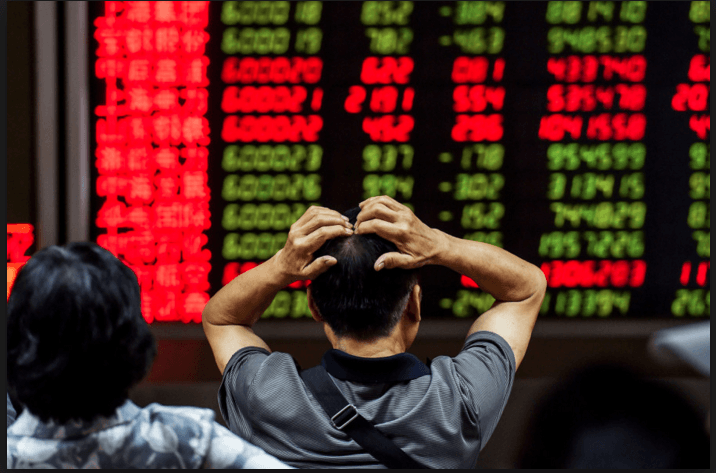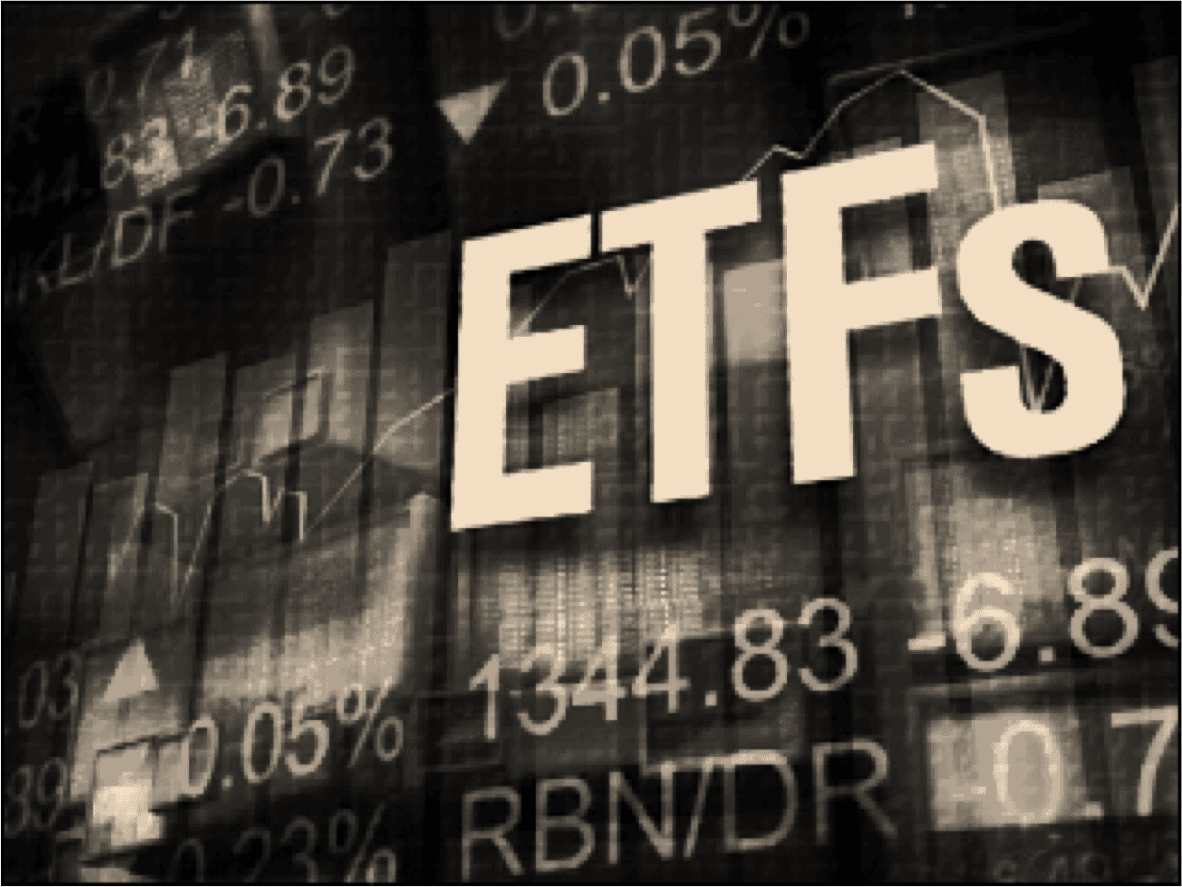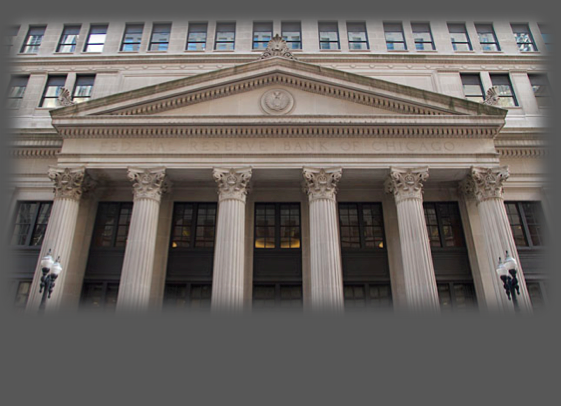
Ongoing concerns about China’s economic health pushed mainland stocks lower on Monday, while oil prices continued to plumb new lows amid heightened oversupply worries.
Oil prices declined for a sixth consecutive session on Monday, with North Sea Brent futures tumbling 78 cents or 2.3% to $32.77 a barrel. The West Texas Intermediate (WTI) benchmark for US crude fell 61 cents or 1.8% to $32.55 a barrel.
Crude oil futures have declined 12% since the onset of renewed China market volatility last Monday. As a result, speculators have increased their net-short positions to a record high, indicating overwhelming bearishness in market.
As the world’s largest energy consumer, China’s economic slowdown is largely to blame for the market’s new lows. The General Administration of Customs will report on Chinese trade figures on Wednesday, which could result in added volatility for oil futures.
China’s stock market is showing little signs of stability after the benchmark Shanghai Composite Index plunged a further 5.3% on Monday, reaching its lowest close since September 30. The Shanghai Shenzhen CSI 300 Index also fell 5%.

Hong Kong’s Hang Seng Index also closed down 2.8% on Monday.
European stocks rebounded on Monday after reporting their worst weekly loss since 2011. The pan-European STOXX 600 Index gained a modest 0.3% after plunging nearly 7% last week.
American stock futures also traded higher ahead of the opening bell. The Dow Jones Industrial Average dived a staggering 1,079 points last week on route to its worst yearly start on record.
The outlook on oil prices remains largely negative with investment banks Goldman Sachs and Morgan Stanley forecast a fall below $30 a barrel. Morgan Stanley said on Monday that a strong US dollar could be a main catalyst for the continued drop.
Goldman announced last year that US crude futures could bottom at $20 a barrel in a worst case scenario. According to reports, even OPEC kingpin Saudi Arabia assumed an oil price of $29 a barrel in its 2016 budget.
Demand for gold as a safe haven increased sharply last week, as investors fled the volatility of equities and other risky assets. Gold futures turned higher on Monday, climbing $4.60 or 0.4% to $1,102.50 per troy ounce on the COMEX division of the New York Mercantile Exchange. The yellow metal has added more than $40 since the start of the year.
Tradersdna is a leading digital and social media platform for traders and investors. Tradersdna offers premiere resources for trading and investing education, digital resources for personal finance, market analysis and free trading guides. More about TradersDNA Features: What Does It Take to Become an Aggressive Trader? | Everything You Need to Know About White Label Trading Software | Advantages of Automated Forex Trading











































